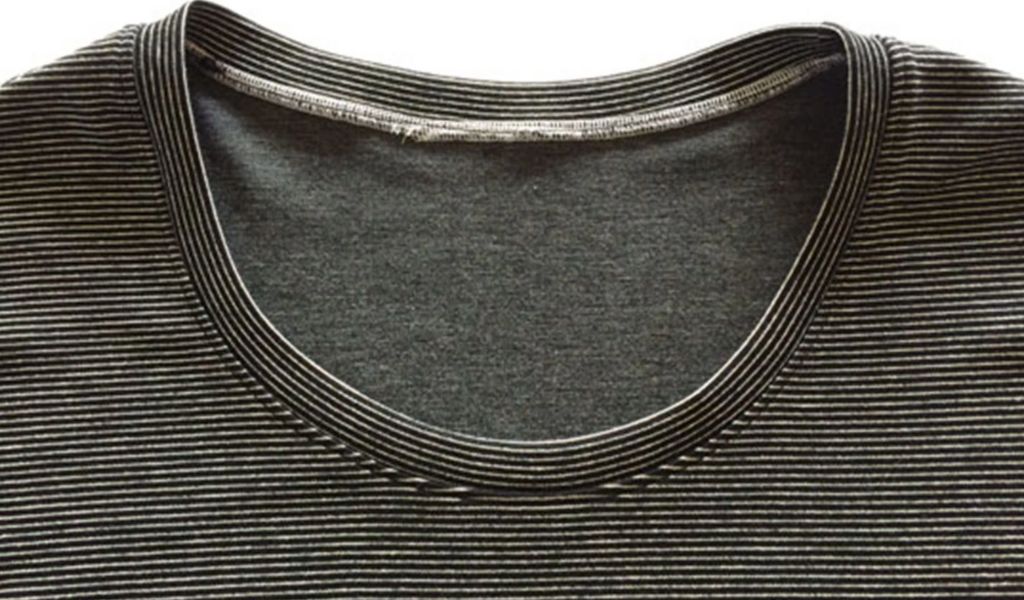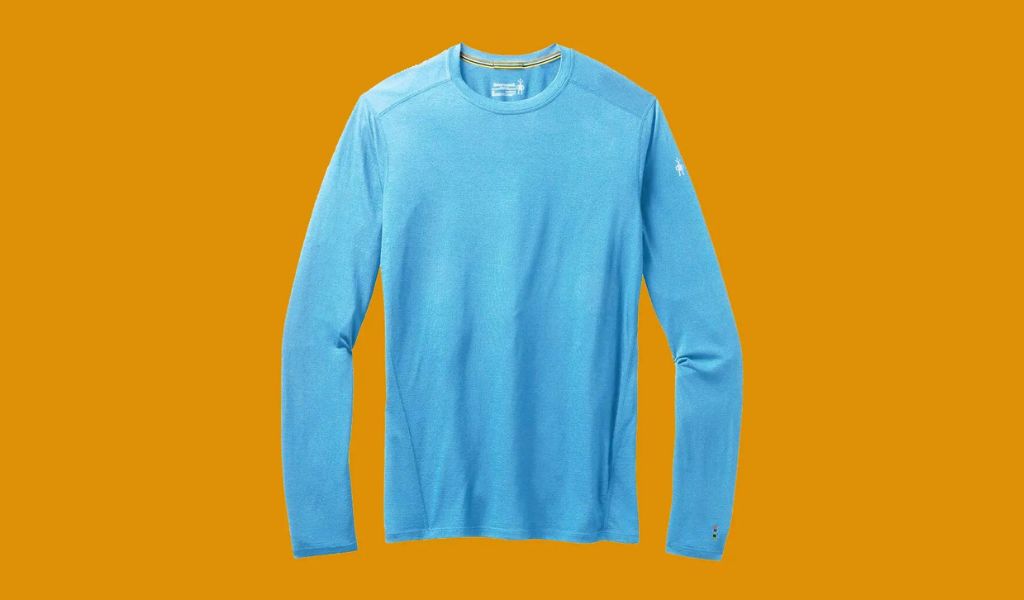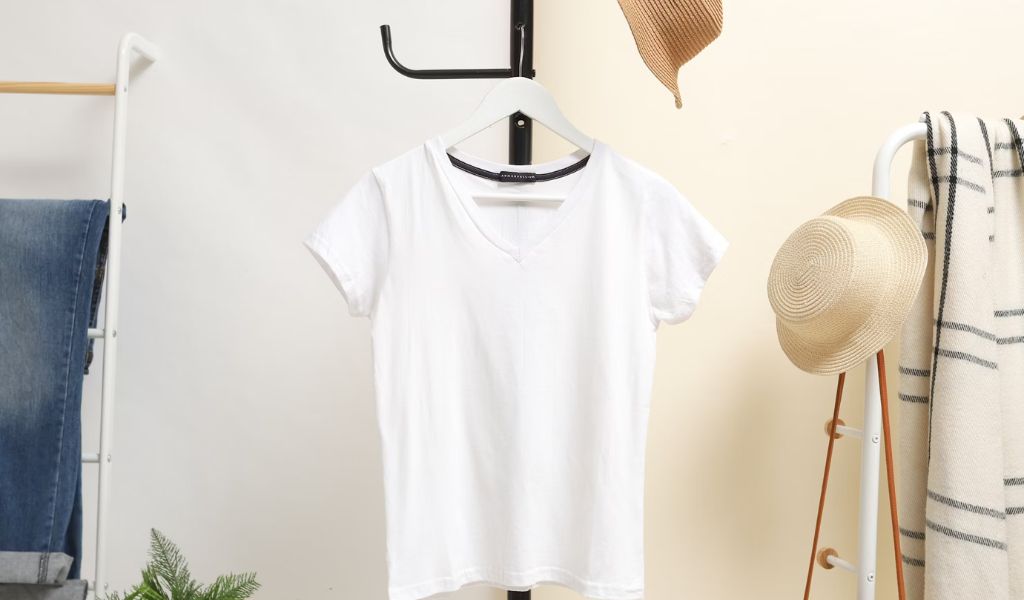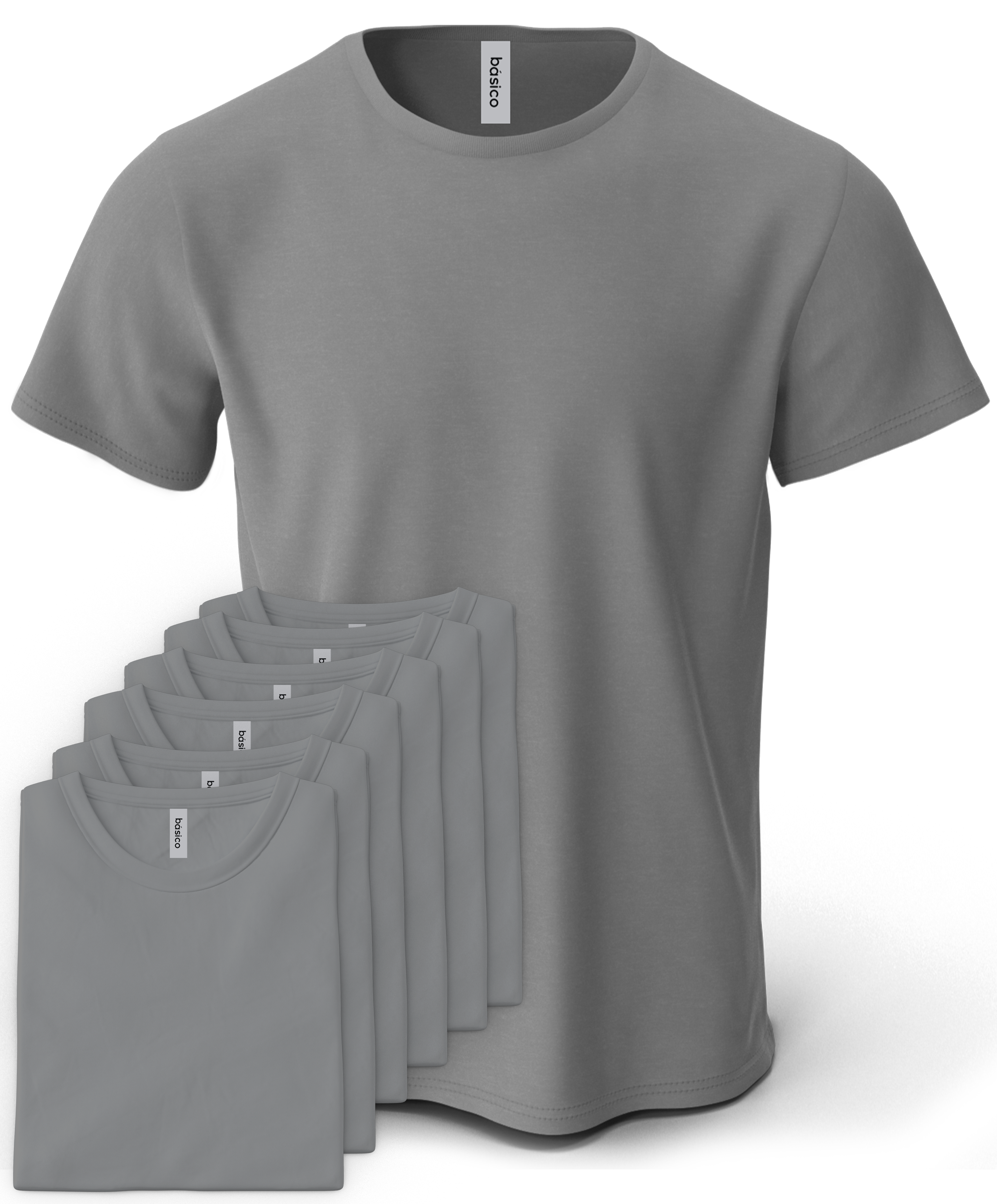
How To Screen Print On Hoodies: 5 Proven Strategies For the Best Results

Hoodies are versatile garments that feature a hood and a front pocket. These are casual clothing items that are often made of warm and comfortable materials such as cotton, fleece or a combination. Hoodies are available in many styles including zip-up and pullover variants. They also come in different colors, patterns, and sizes. The hoodies are a wardrobe staple for many occasions. They can be worn casually or to sports activities. The hood, a hoodie’s most distinctive feature, offers warmth and protection. It is a garment that people of all ages wear and enjoy.
Hoodies are a popular item to customize and customize for screen printing business owners. Understanding the best practices of screen printing on hoodies, whether you're a newbie or an old hand in the industry, is essential for high-quality prints and satisfied customers. This article discusses the best practices how to screen print on hoodies in order to create a successful product.
How To Screen Print On Hoodies

1. Prior To Screen Printing On Hoodies, Consider The Placement Of Artwork
For a successful screen print, it is important to adjust artwork before printing. By taking into account the features of the garment, you can avoid having the design distorted or cut in half.
Artwork may be needed to lower the artwork on the back or front of a sweatshirt with a quarter zip. The artwork may need to be resized to fit between the collar and a kangaroo pouch. Artwork can also be stretched across a zipper if it is cut in half with a small gap left in the middle.
It is also recommended that printers use simpler artwork for sweatshirts, as these are more likely to shift during printing.
Finalizing, it is important to adjust the artwork in accordance with the features of the garment for a successful screen print job on a sweatshirt.
2. Pre-Shrink Hoodies Before Screen Printing On Them
Learning how to screen print on hoodies requires understanding the fabric's texture and thickness. It is important to preshrink garments prior to screen printing a hoody. This is particularly true for hoodies that are made of synthetic blends or 100% synthetic materials. These fabrics shrink a lot when they are exposed to heat.
It is best to run all the sweatshirts through a conveyor dryer prior to printing. This will prevent any shrinkage of the garment after printing. The hoodies will be the same size.
Preshrinking garments will also help to ensure that the fabric does not curl at the edges of the printed area, which could result in an unprofessional look.
3. Increase The Off Contact When Screen Printing On Hoodies
Understanding the curing process is crucial when discovering how to screen print on hoodies effectively. For a perfect screen print on a hoodie, it is important to increase the distance between the hoodie and the screen. For thicker substrates, more space is needed between the screen and the substrate to ensure the screen comes off easily and that the ink stays crisp.
According to the general rule, which is to double the normal off-contact range, the recommended distance off-contact should be about 1/4 inch. This will help to ensure that the print is smooth and free of blurring or smudging.
To ensure optimal results, you should also adjust the distance between substrates.
4. Flash Between Colors When Screen Printing On Hoodies
Practice makes perfect when mastering how to screen print on hoodies, especially in adjusting the printing technique for even ink distribution. When screen printing a hoody, flashing is a crucial step. This is because it allows plastisol to dry in between colors and prevents a wet on wet printing process.
The process of flashing involves exposing the previously printed color to a brief burst ultraviolet light. It will cure the ink quickly, removing any tack. This helps prevent damage to prints and gives you more control when adding colors.
Flashing also ensures that the plastisol colors do not mix when printed on a hoody. This will help reduce the chance of creating a dirty or muddy print.
Flashing between colors, when screen printing on a hoody, is an important part of the process. It is recommended that you flash between colors to get the best possible quality for your final product.
5. How To Get The Best Durability From Low Temperature Curing When Printing On Hoodies
It is crucial to cure the screen printed hoodies at lower temperatures for a longer period of time. The risk of dye migration increases with the amount of synthetic material. The ink's color can be affected.
The benefits of curing at lower temperatures and a longer time are also beneficial, even if there is no risk of dye migration. The thicker fabric of the hoody holds more moisture, and the inks take longer to cure.
To maintain high print quality, it's important to adhere to the guidelines that lower the curing temperatures and increase the curing times.

Conclusion
Screen printing on hoodies is a fun and rewarding task. From choosing the right inks to selecting the appropriate equipment, it can be an enjoyable experiences You can print on any fabric with a professional look if you practice and do some research. Your customers will cherish the hoodies that you create for many years to come, and you'll be proud of your work. Take the time to read about the best practices on how to screen print on hoodies, and you'll be one step closer to becoming a screen printer master!














